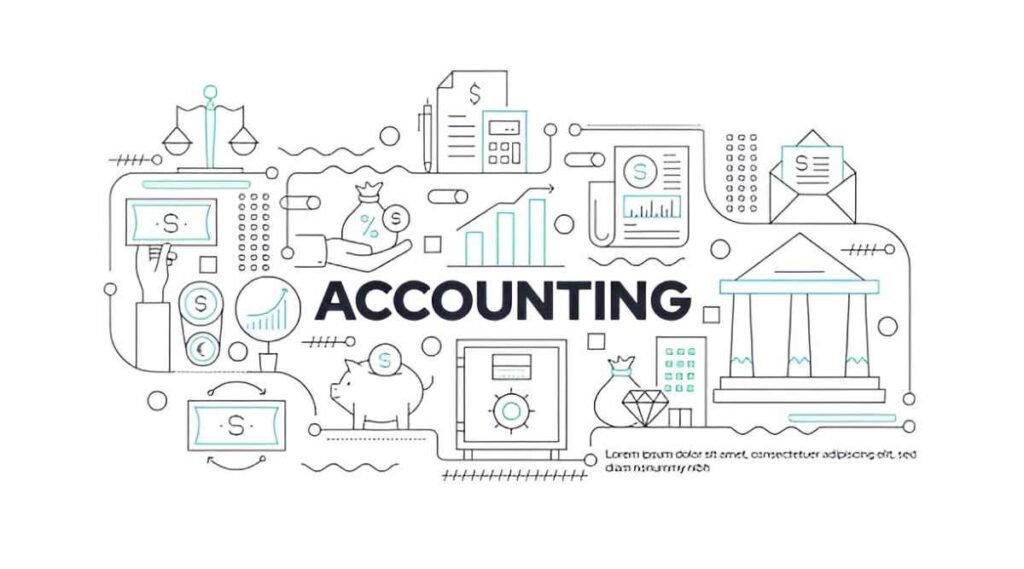Consignment is a business arrangement that often confuses both buyers and sellers. I have seen many small business owners struggle with the nuances of consignment, especially when managing inventory or dealing with retail partnerships. In this article, I will break down the concept of “on consignment,” explain how it works, and explore its financial and operational implications.
Table of Contents
What Does “On Consignment” Mean?
When goods are sold on consignment, the owner (consignor) places products with a retailer (consignee) but retains ownership until the items sell. The consignee only pays the consignor after a sale occurs. This model reduces risk for retailers since they don’t have to purchase inventory upfront.
Key Characteristics of Consignment
- Ownership remains with the consignor until the product is sold.
- No upfront payment is made by the consignee.
- Risk of unsold inventory lies with the consignor.
- Commission or fee is paid to the consignee upon sale.
How Consignment Works: A Step-by-Step Breakdown
Let me walk you through a typical consignment transaction:
- Agreement Formation – The consignor and consignee sign a contract outlining terms such as commission rates, duration, and return policies.
- Inventory Transfer – The consignor delivers goods to the consignee.
- Display and Sale – The consignee markets and sells the goods.
- Revenue Split – Upon sale, the consignee deducts their commission and remits the rest to the consignor.
- Unsold Inventory Handling – If items don’t sell, they may be returned or discounted based on the agreement.
Example Calculation
Suppose I place 50 handmade candles with a boutique on consignment. Each candle retails for $20. The consignment agreement states a 30% commission for the boutique.
- Total Revenue if All Sell: 50 \times \$20 = \$1,000
- Boutique’s Commission: \$1,000 \times 0.30 = \$300
- My Earnings: \$1,000 - \$300 = \$700
If only 30 candles sell:
- Total Revenue: 30 \times \$20 = \$600
- Boutique’s Commission: \$600 \times 0.30 = \$180
- My Earnings: \$600 - \$180 = \$420
Financial Accounting for Consignment
From an accounting perspective, consignment requires careful tracking. The consignor records inventory as an asset until sold, while the consignee does not record it as a liability.
Consignor’s Journal Entries
| Transaction | Debit | Credit |
|---|---|---|
| Ship goods to consignee | Consignment Inventory | Finished Goods |
| Consignee reports sale | Accounts Receivable | Sales Revenue |
| Recognize COGS | Cost of Goods Sold | Consignment Inventory |
Consignee’s Journal Entries
| Transaction | Debit | Credit |
|---|---|---|
| Sale of consigned goods | Cash | Consignor Payable |
| Deduct commission | Consignor Payable | Commission Revenue |
Pros and Cons of Consignment
Advantages
- Lower Risk for Retailers – No need to buy stock upfront.
- Expanded Market Reach – Consignors access new customers.
- Flexibility – Unsold goods can be returned.
Disadvantages
- Delayed Revenue for Consignors – Payment comes only after sale.
- Inventory Management Complexity – Tracking consigned goods can be cumbersome.
- Potential Disputes – Miscommunication over unsold items or commissions.
Consignment vs. Wholesale
Many confuse consignment with wholesale. Here’s a comparison:
| Factor | Consignment | Wholesale |
|---|---|---|
| Ownership Transfer | After sale | At the time of purchase |
| Payment Timing | Post-sale | Upfront |
| Risk | Consignor bears unsold stock risk | Retailer bears all risk |
| Profit Margin | Higher for consignor | Fixed for wholesaler |
Legal Considerations in Consignment Agreements
A well-drafted consignment agreement prevents disputes. Key clauses include:
- Commission Rate – Clearly defined percentage.
- Duration – How long items stay before return.
- Damaged/Lost Goods – Responsibility allocation.
- Termination Clause – Conditions for ending the agreement.
Real-World Applications of Consignment
Art Galleries
Artists often use consignment to display their work in galleries. The gallery takes a commission (typically 30-50%) upon sale.
Bookstores
Independent authors place books in stores on consignment, paying a fee per sale.
Vintage and Thrift Shops
Consignment shops sell pre-owned goods, splitting profits with sellers.
Tax Implications of Consignment
In the U.S., consignment sales are taxable events. The consignor must report income when goods sell, not when they are placed with the consignee. Sales tax is typically collected by the consignee.
Conclusion
Consignment is a powerful tool for businesses looking to expand without heavy upfront investment. However, it requires clear agreements, meticulous accounting, and an understanding of risks. By demystifying consignment, I hope this guide helps you make informed decisions whether you’re a consignor or consignee.





